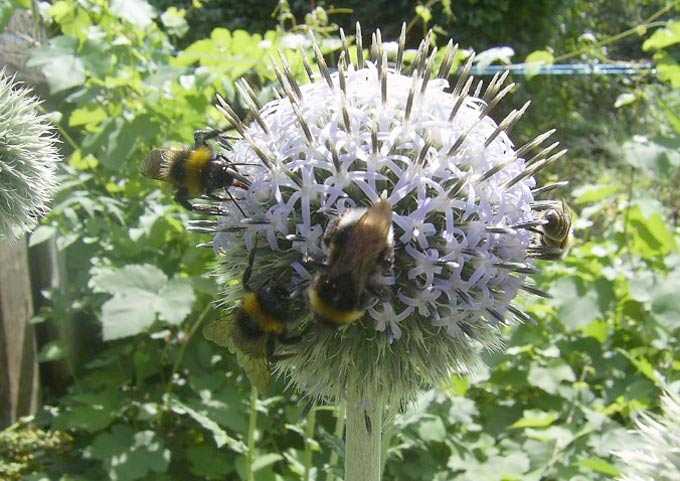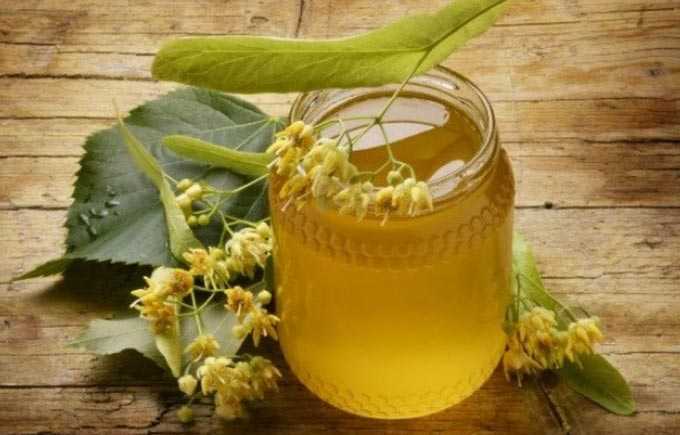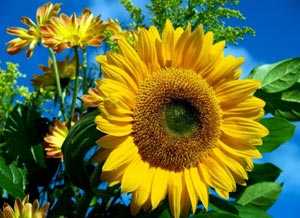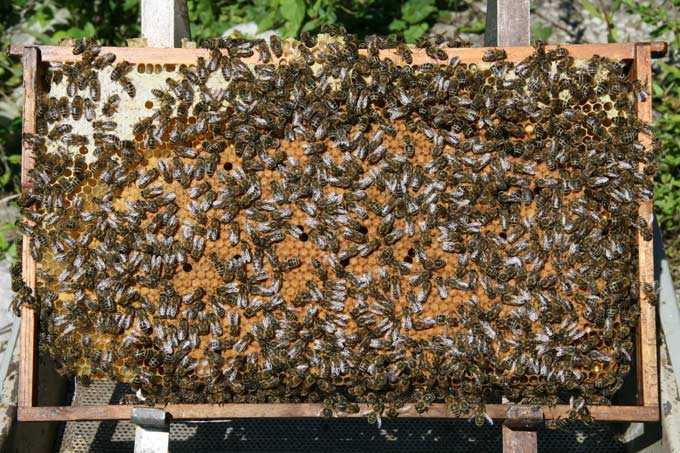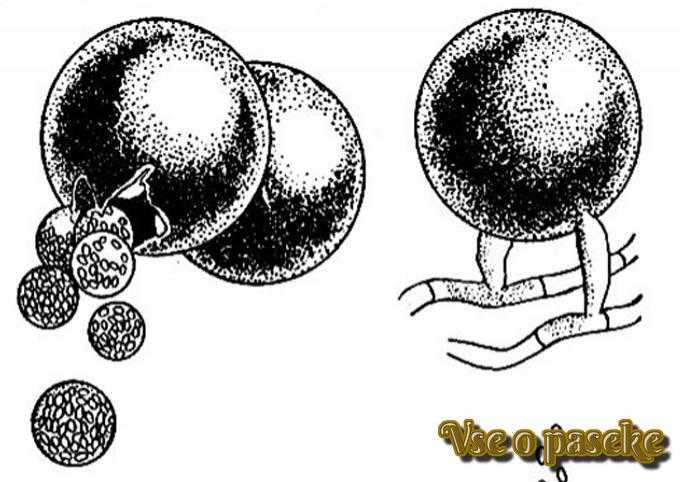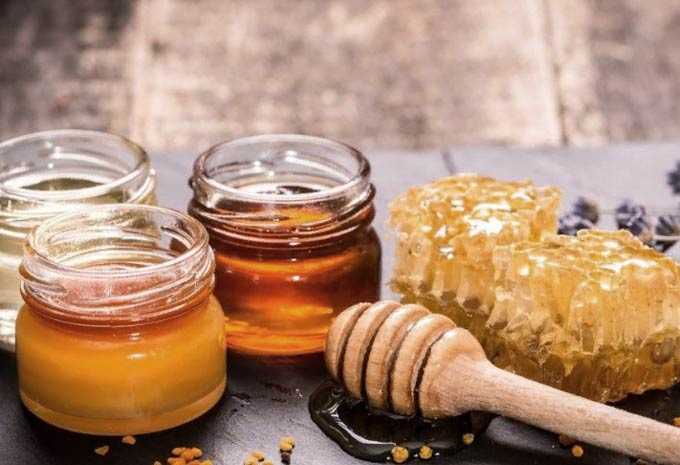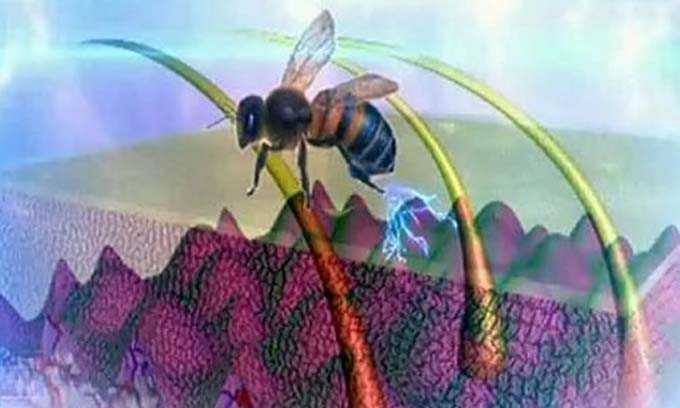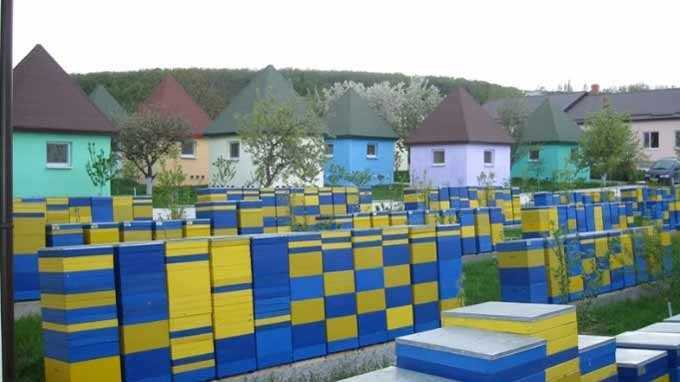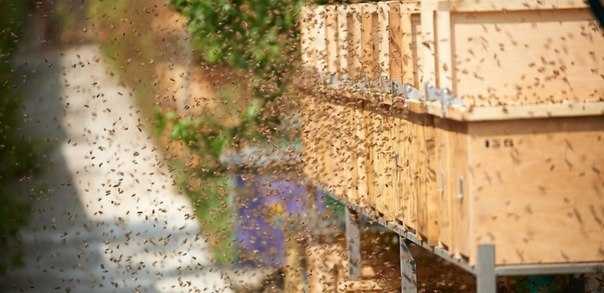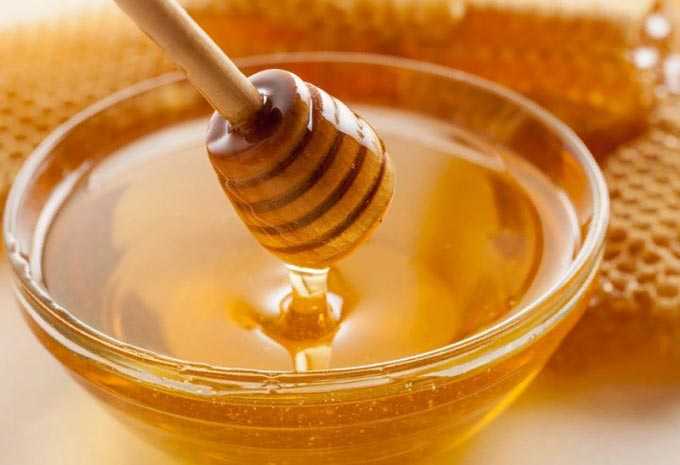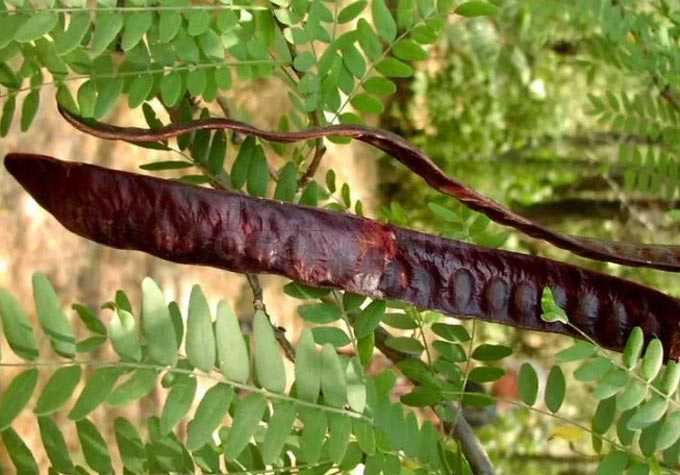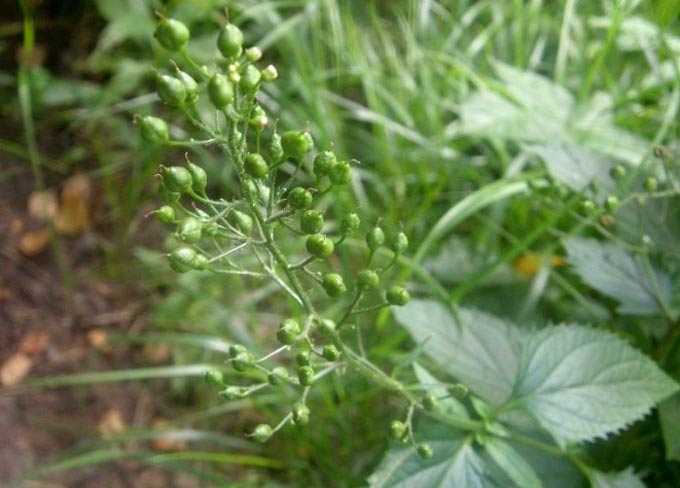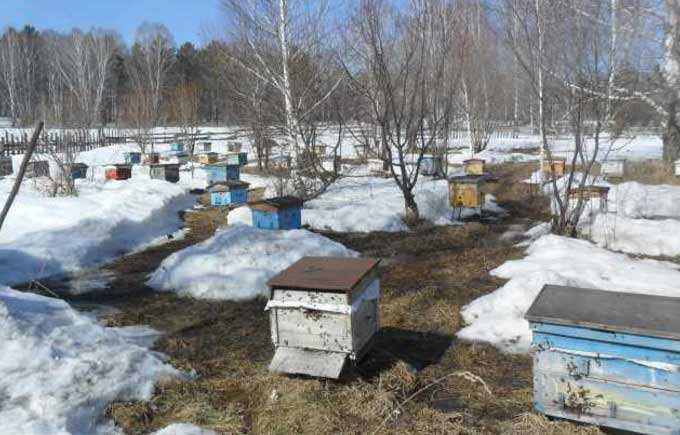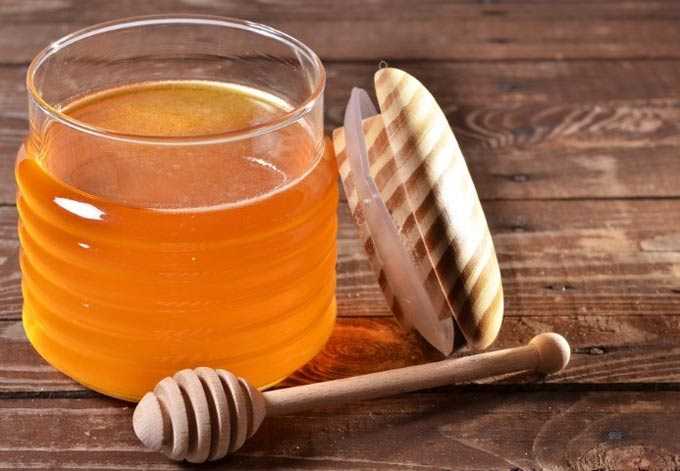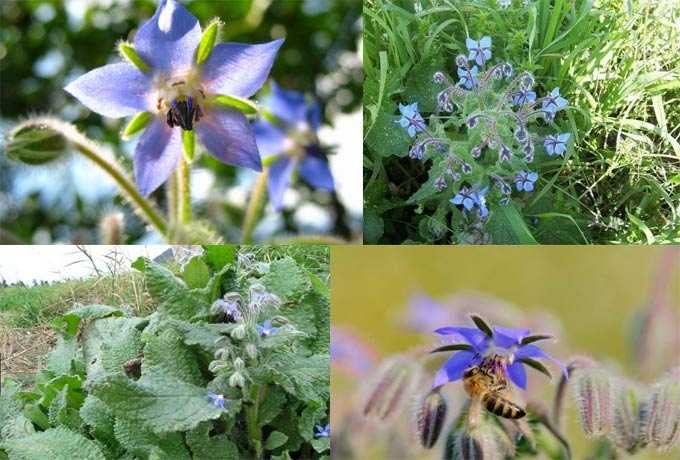Mordovnik ball-headed honey plant is a perennial herb from the Aster family. Beekeepers often breed this crop near apiaries in order to obtain a stable, supportive bribe. In nature, the grass is found on forest edges and steppe meadows of the Caucasus. There is an unscientific name for culture, which is more common among the people – barnyard.
The content of the article
- 1 Appearance
- 2 Agrotechnics
- 2.1 Features of care
- 3 Honey productivity
- 4 Useful Properties
Appearance
Mordovnik is a ball-headed melliferous plant with a strongly branched stem. Each branch is ribbed, covered with brown fluffy hairs.
The grass can grow up to one and a half meters in height. Its tubular bluish flowers are collected in spherical, rather large, baskets of inflorescences. Separate thorny leaves are elongated, with a pronounced feathery shape.
An ordinary mordovnik is a plant that has a similar structure, but its stem branches weakly, and its height reaches only 30-80 centimeters.
Agrotechnics
To obtain this melliferous herb, beekeepers plant it in uncultivated areas near apiaries. These can be suitable places on slopes, forest clearings, among bushes and in other unnecessary areas.
The plant is unpretentious – no special efforts are required for growing. Almost all types of soils are suitable for the honey plant. The only thing that it does not tolerate is the excessive humidity of the site. In this case, there is a threat of root decay.
For better development, the grass is sown in chernozem and clay fertilized soils. Empty fields or plots where corn, wheat or potatoes were previously grown are selected.
Mordovnik ball-headed honey plant agricultural technology:
- To obtain a high-quality seed fund in August and September, it is necessary to collect the formed baskets of grass. This must be done carefully, as the inflorescences quickly crumble after separation from the stems!
- The culture is sown in spring in well-warmed soil. Recommended temperature indicators are from +10 to +12 degrees.
- Before sowing, the land is dug up or plowed with a tractor.
- If the planting area is small, nests are made manually at a distance of 15-25 centimeters. The seeds themselves are mixed with fine sawdust for fertilization.
- For mass planting using a cultivator or a manual seeder, the grass is sown in two rows, leaving a row spacing of 30-75 centimeters between them.
But it should be borne in mind that this method is less effective, since the seeds are covered with hairs – during mechanical sowing, they cling to each other and grow heap. It is recommended to sow this plant by hand!
For the better development of the honey plant, superphosphates are introduced into the soil at the rate of 50 kilograms per hectare.
Opponents of chemical fertilizers are advised to plant the muzzle in a mixture with phacelia seeds (ratio 8 to 5). Phacelia grows quickly and is also a good modiferous plant, but most importantly, it enriches the earth with nitrogen, which is necessary for the development of other crops.
Features of care
Rows are thinned out after the first shoots appear, at the same time weeding out the weeds. In all subsequent years after harvest, the stem itself is cut by five centimeters, and then the aisles are loosened.
There is a little trick for the beekeepers. If the second year plantings are mown in the spring, the flowering period will move to the end of August and throughout September. At this time, the bee colonies are just gaining strength before wintering.
Honey productivity
Mordovnik honey plant, blooming in the second half of summer (July – August) during the month. During this period, bees actively collect whitish pollen and nectar from it.
Honey productivity depends on weather conditions. In good years, up to 700 kilograms of nectar can be obtained from a hectare of plantations. And in a dry summer, only up to 300 kilograms. But in any case, the yield of marketable honey is high enough to consider this plant a valuable honey plant.
Mordovnik vulgaris blooms in early August and blooms for up to three weeks. Also attracts bees well.
Bees can bring up to 340 kilograms of nectar per hectare for the entire period of honey harvest, and in bad years – up to 190.
Honey has a pleasant delicate taste and delicate floral aroma. It is transparent, light amber in color, characterized by slow crystallization.
Useful Properties
The honey obtained from the plantings of the scabbard is useful for:
- with migraines;
- during the recovery period after a heart attack;
- with congenital heart disease;
- with senile multiple sclerosis;
- with sciatica and joint pain;
- to normalize high blood pressure.
As a honey plant, Mordoviale is easy to care for, but at the same time it is an excellent source of healing nectar and pollen.
Beekeepers in the south of Western Siberia, central Russia, the Caucasus, Central Asia and Ukraine should pay close attention to this culture. Moreover, the mordovnik adorns home gardens and can be sown near private houses as an ornamental grass.
